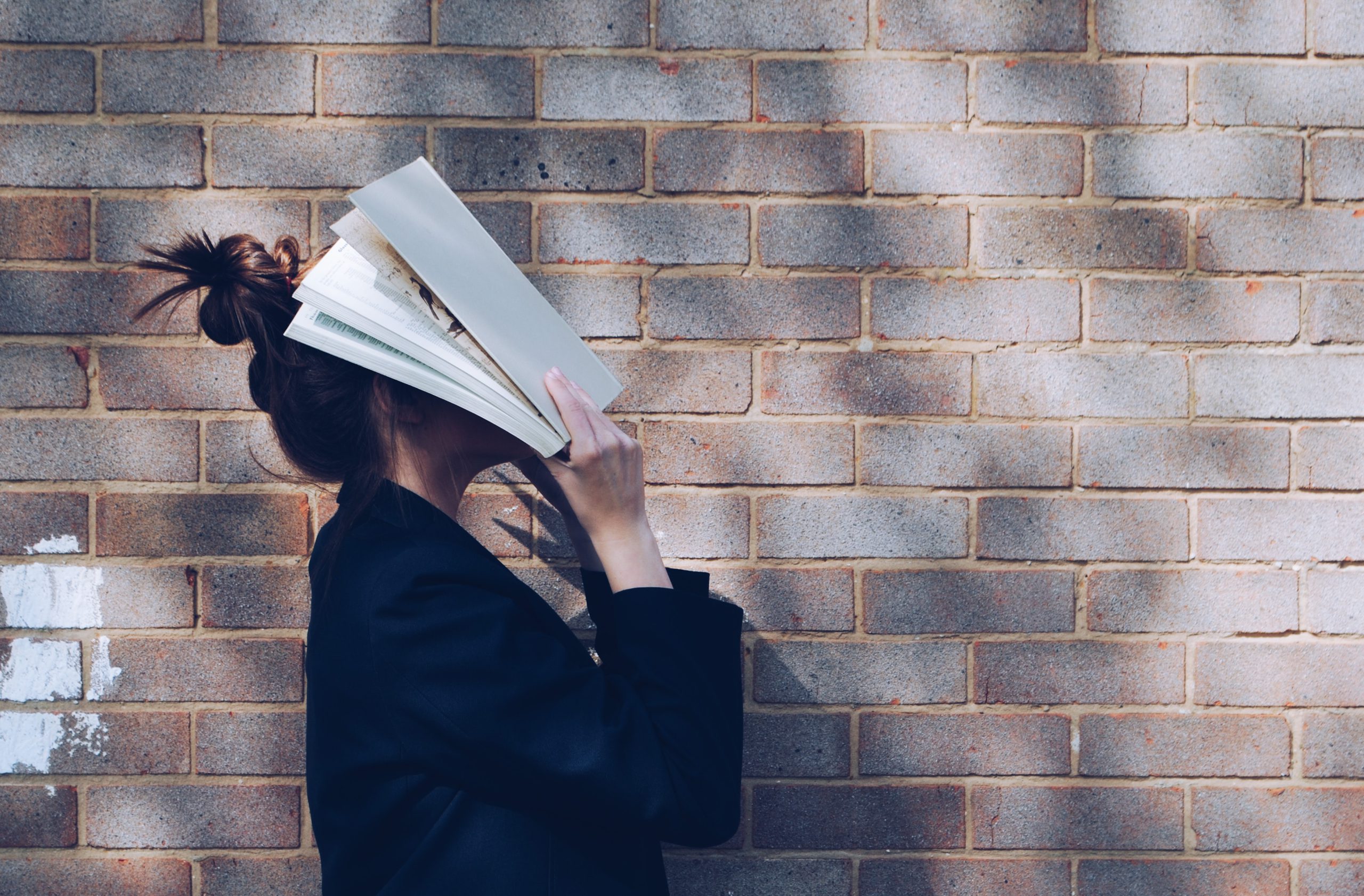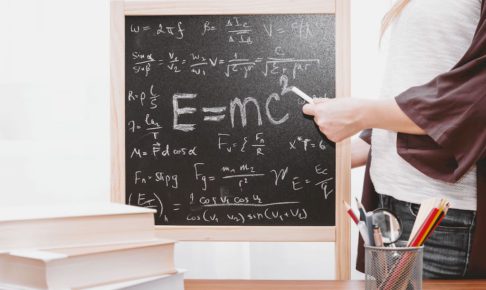英語
高校生
英語の質問です!🥺🥺
波線引いてあるところです!
They could play back at will ってどこにかかってますか?
the accidentについたらおかしいかなって思ってるんですけど
答えの訳では[意のままに再生することのできる、事故について〜]と書いてあるのですが
なぜ[、]で訳せるのでしょうか?
教えてください🙇♂️🙇♂️🙇♂️🙇♂️🙇♂️
L
By
average. Participants were then
20 after the collision. (5) the fact that there was no broken glass, three times as
many participants in the "smashed" group as in the "contacted" group reported seeing
the nonexistent broken glass.
(6)
Clearly, the participants in this study had not stored a video-like memory of the
accident that they could play back at will.) They had stored a rough impression of
25 the accident and, when asked to recall specifics, filled in details based on information
available to them in the present. For example, participants in the "smashed" group
reconstructed their memory so that it was consistent with a more violent collision,
with the cars going faster and the broken glass that often results from such a collision.
-1
を見たと
明らかに,この研究の参加者は、意のままに再生するこ
とのできる, 事故についてのビデオのような記憶を保存し
彼らは事故の大まかな印象を保
ていたのではなかった。
をしていたのであり、詳細を思い出すように求められた際
(6)
と思
J
す
11
2
第1講
10
次の英文を読んで、設問に答えよ。
Most people assume that their memories accurately capture what happened in the
past and that these memories are permanent. Unfortunately, memories do change
over time. They are not an objective record of the past, as though a video of an event
had been saved on a mental hard disk. Rather, memories are reconstructed, and their
5 reconstruction is influenced by current attitudes, beliefs, and available information.
This reconstructive nature of the past means that how we think and feel today
Even such subtle influences as the way in
which we are asked about the past can dramatically influence our memory of "what
influences how we remember yesterday.
really happened."
In a famous study that showed the reconstructive nature of memory by Elizabeth
Loftus, two groups of participants were shown a videotape of an accident involving two
3) that was used to ask
- the (
cars. The researchers then changed one thing
each group how fast the cars were traveling when they collided. One group was asked,
"How fast were the cars going when they smashed into each other?" This group
(1)
In con
30 slowly
15 reported that the cars were going about forty-one miles per hour, on average. Those
in the second group were asked, "How fast were the cars going when they contacted
) scene as those in
each other?" The people in this group, who had seen the (4
group one, reported that the cars were going only about thirty-two miles per hour, on
average. Participants were then asked whether they remembered seeing broken glass
20 after the collision. (5) the fact that there was no broken glass, three times as
many participants in the "smashed" group as in the "contacted" group reported seeing
the nonexistent broken glass.
a mor
lawy
(6)
Clearly, the participants in this study had not stored a video-like memory of the
accident that they could play back at will. They had stored a rough impression of
25 the accident and, when asked to recall specifics, filled in details based on information
available to them in the present. For example, participants in the "smashed" group
reconstructed their memory so that it was consistent with a more violent collision,
with the cars going faster and the broken glass that often results from such a collision.
RE
E
回答
まだ回答がありません。
疑問は解決しましたか?
この質問を見ている人は
こちらの質問も見ています😉
おすすめノート
総合英語be まとめ(1)
14171
161
【英単】たった14語で14000語を理解できるようになる語
14027
18
【総合英語フォレスト】まとめ(4)分詞/比較
9623
155
最強の英単語覚え方!
7579
62



















